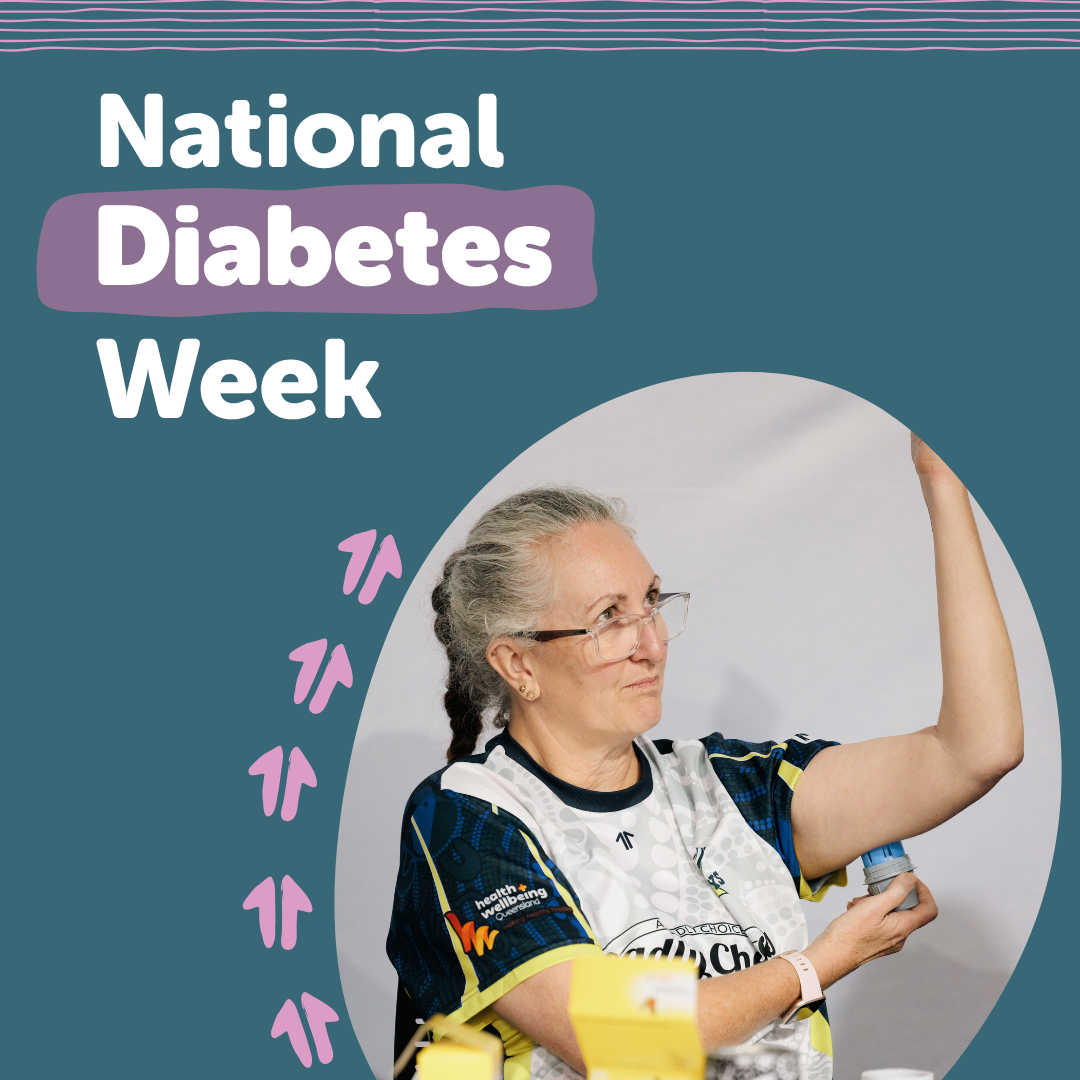Did you know that diabetes in Australia is increasing? All types of diabetes are increasing.
- Type 1 diabetes currently accounts for 9% of all diabetes in Australia
- Type 2 diabetes currently accounts for 86.8% of all diabetes
- Gestational diabetes 3.4%
- Other diabetes is 0.8%
Source: https://map.ndss.com.au/ – accessed 14 September 2022.
Type 2 diabetes is increasing at the fastest rate. There are many people with silent, undiagnosed type 2 diabetes which may be damaging their bodies. An estimated two million Australians are at high risk of developing type 2 diabetes and are already showing early signs of the condition.
Type 2 diabetes is one of the major consequences of colonisation and the modern lifestyle. The combination of easy availability of high energy (kilojoule) foods at cheap prices, combined with more sedentary work and less physical activity has led to an increase in type 2 diabetes.
What are the symptoms of diabetes?
In type 1 diabetes, symptoms are often sudden and can be life-threatening so it is usually diagnosed within hours or days.
In type 2 diabetes, many people have no symptoms at all, while other signs can go unnoticed and might be seen as part of ‘getting older’. By the time symptoms are noticed, complications of diabetes may already be present.
Common symptoms include:
- being more thirsty than usual
- passing more urine
- feeling tired and lethargic
- always feeling hungry
- having cuts that heal slowly
- itching, skin infections
- urinary tract or fungal infections
- blurred vision
- unexplained weight loss (type 1 or type 2 diabetes)
- gradually putting on weight (type 2 diabetes)
- mood swings
- headaches
- feeling dizzy
- leg cramps.
How can I get tested for diabetes?
You get tested with a blood test ordered by your GP or nurse practitioner.
If you’re pregnant, gestational diabetes testing is part of your antenatal care. It is usually done in the second trimester between 24 and 28 weeks pregnant.
Diabetes is serious
Diabetes can be managed well, but there are potential complications for untreated diabetes.
Early diagnosis and optimal self-management and treatment have been shown to reduce the risk of diabetes-related complications.
We know diabetes:
- is the leading cause of blindness in working age adults
- is a leading cause of kidney failure and dialysis
- increases the risk of heart attacks and stroke by up to four times
- is a major cause of limb amputations
- affects mental health as well as physical health. Depression, anxiety and distress occur in more than 30% of all people with diabetes.
How can I manage my diabetes?
Your healthcare team can prescribe a treatment suited to your condition. This may be a combination of healthy diet, regular physical activity and medication.
What are Diabetes Educators, and how can they help?
Did you know your local IUIH clinic has diabetes educators? A diabetes educator is a healthcare professional who specialises in supporting people living with diabetes. They will provide you with the advice and education you need to manage your diabetes with confidence.
A diabetes educator will advise you and support you in making lifestyle changes. They will also inform you about other health problems you may be at risk of because of your diabetes and let you know how you can prevent these problems.
Additionally, your diabetes educator will help you access subsidised products and services you may need to manage your diabetes through the National Diabetes Services Scheme (NDSS). Above all, your diabetes educator will help you reach your health goals.
Contact your local clinic to find out more.
Extra resources:
https://www.diabetesaustralia.com.au/atsi/resources/
https://www.adea.com.au/about-cdes
Note: This information is of a general nature only and should not be substituted for medical advice or used to alter medical therapy. It does not replace consultations with qualified healthcare professionals to meet your individual medical needs.

